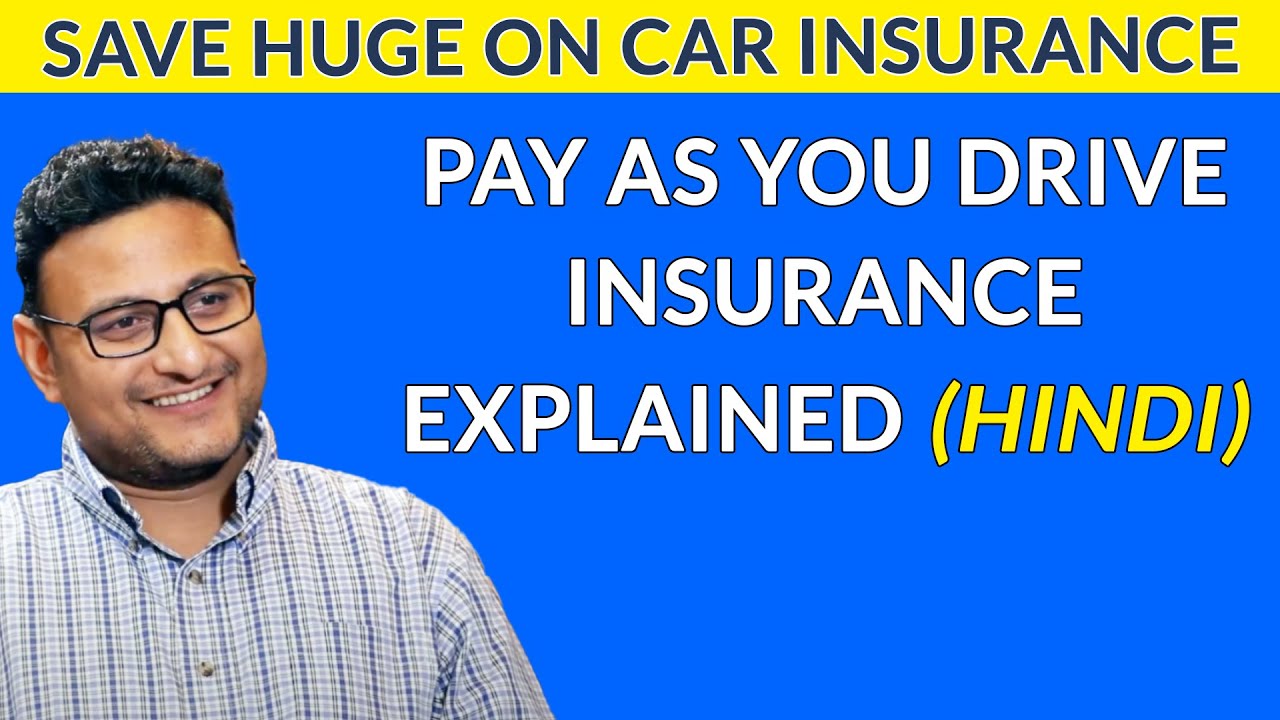
Is ‘Pay As You Drive’ Car Insurance Right for You?
Understanding PAYD Insurance
As we continue to advance into an era where personalization reigns supreme, the insurance sector is not left behind. One innovative approach that has captured my attention is Pay-As-You-Drive (PAYD) car insurance. If you’re like me, constantly seeking ways to cut costs, the concept of paying insurance premiums based on how much you actually drive rather than a flat annual fee seems incredibly appealing.
PAYD operates on a straightforward premise; if you drive less, you pay less. By adopting telematics technology, insurers can track real driving habits, leading to a more personalized insurance experience. The mechanics of PAYD are both fascinating and slightly intimidating at first, so let’s explore how it works.
How Does PAYD Work?
To start, when you enroll in a PAYD insurance plan, you provide an estimate of your expected mileage for the policy term. Here, the choice of your mileage slab sets the tone for your premium. The beauty of this system lies in its integration of telematics, which collects crucial data on your driving habits—speed, vehicle usage times, and distances traveled.
Imagine driving confidently, knowing that safer habits could translate into savings. Insurers calculate your premium based on the chosen mileage and then track actual usage via a telematics device or mobile app. At the end of your policy term, if you drove less than you declared, a refund awaits you. Conversely, a higher mileage may lead to an additional cost, making it essential to be honest about your driving habits from the onset.
 Innovative technology tracks your driving and offers potential savings.
Innovative technology tracks your driving and offers potential savings.
The Benefits of PAYD Insurance
Cost Savings and Fair Pricing
Having been a low-mileage driver for years, I immediately saw the appeal in PAYD. If you’re not on the road much, traditional policies may seem like a financial burden. With PAYD, you only pay for the coverage you actually use, which feels fairer in my eyes.
Incentives for Safe Driving
Moreover, some insurers go a step further by offering discounts for safe driving—fostering a culture of responsible driving. I remember a friend who, after adopting PAYD, started being more mindful of his driving patterns. The result? A noticeable reduction in his insurance rates month on month.
Flexibility and Environmental Impact
Flexibility is another major draw. Many PAYD policies allow for customizable coverage based on individual driving habits. Additionally, this model encourages environmentally-friendly practices by promoting reduced driving, contributing to sustainability efforts.
 Driving less can have a big impact on the environment.
Driving less can have a big impact on the environment.
Disadvantages to Consider
While PAYD is a masterpiece of innovation, it isn’t without its drawbacks. The ongoing privacy concerns surrounding telematics data tracking are quite real. Continuous monitoring could feel invasive, and not everyone would be comfortable with such transparency.
Cost Implications for Frequent Drivers
Also, if you’re a driver who spends a lot of time on the road, PAYD may not yield the benefits you hope for. The fluctuation in premiums due to increased mileage could outstrip savings from a traditional policy. After all, positioning yourself as a low-risk driver is crucial, and for those racking up miles, the cost could quickly add up.
Potential Complications in Claims
Another potential hiccup lies in claims. Imagine going through a stressful incident only to face complications while verifying distance or telematics data. Technology, while often reliable, can fail. A malfunction in the device used to track your mileage could throw the entire policy into disarray, leading to frustration when you need coverage the most.
The Future of PAYD in India
It’s important to note that PAYD is still a relatively new concept in India, gradually gaining traction as awareness builds among insurers and consumers alike. Regulatory frameworks are evolving to keep pace with this innovative model, which is promising for future deployments.
As I reflect on my own driving habits, I’m particularly interested in how PAYD could redefine insurance coverage. Driving less or adopting safer habits shouldn’t just be a moral choice; it should be a financially rewarding one, too.
For anyone uncertain about switching, the essential advice I can offer is to evaluate your driving patterns honestly and consider how a PAYD policy could benefit your wallet while promoting better driving attitudes.
In conclusion, as the insurance landscape continues to shift toward more user-centered approaches, PAYD car insurance stands out as a compelling option. It captures the reality of modern driving—potentially saving us money while encouraging safer, more responsible habits on the road. Whether PAYD is right for you may ultimately come down to your driving frequency, but it is undoubtedly an option worth considering.
Exploring new avenues in insurance.















